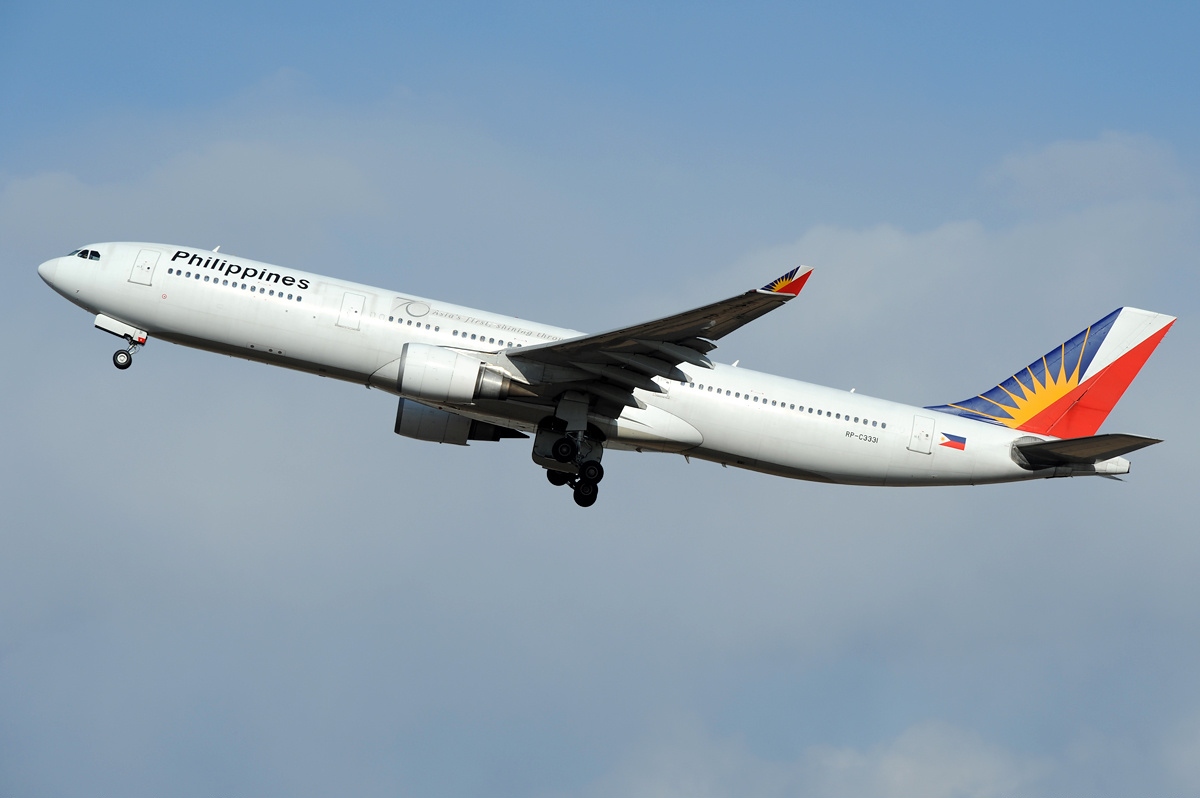Southeast Asia is one of the fastest-growing aviation markets in the world. With a young population, rising middle class, booming tourism, and widespread archipelagos, the region presents a natural environment for air travel to thrive.
Among the many carriers operating in the region, several stand out due to their fleet size, passenger traffic, network reach, and overall influence. Here are the biggest airlines that continue to shape the skies of Southeast Asia.
Singapore Airlines

Widely regarded as one of the world’s premier full-service carriers, Singapore Airlines is often seen as the gold standard in Southeast Asian aviation. Based in Singapore Changi Airport, the airline has built its reputation on exceptional service, safety, and innovation.
While not the largest by fleet size, its global connectivity and premium offerings set it apart. Singapore Airlines operates a broad international network across Asia, Europe, the Americas, Africa, and Oceania.
It is a member of the Star Alliance and maintains strong partnerships and codeshare agreements with global carriers.
The airline is also known for its investment in modern aircraft, including the Airbus A350 and Boeing 787 Dreamliner, and for being one of the first to operate the Airbus A380.
Thai Airways International

As the national carrier of Thailand, Thai Airways International has long been a key player in the Southeast Asian aviation scene. Operating out of Bangkok’s Suvarnabhumi Airport, it serves numerous destinations in Asia, Europe, and Australia.
Although it has faced financial challenges in recent years, Thai Airways remains a significant force due to its historic role and its place within the Star Alliance network. The airline is known for its blend of traditional Thai hospitality and international standards.
In addition to long-haul routes, Thai Airways maintains a strong regional presence through its subsidiary, Thai Smile, which caters to domestic and short-haul international markets.
Garuda Indonesia

Garuda Indonesia is the flag carrier of the world’s largest archipelagic country. Based in Jakarta, the airline plays a crucial role in connecting over 17,000 islands spread across Indonesia. It also operates international routes to Asia, the Middle East, and Europe.
Garuda Indonesia has undergone significant modernization efforts over the past two decades, improving service quality and upgrading its fleet. The airline has been recognized by Skytrax for its high service standards and has won numerous awards for its in-flight experience.
Despite ongoing financial restructuring, Garuda Indonesia continues to be a major player in regional aviation, backed by its strategic importance to the country’s connectivity.
Malaysia Airlines

Malaysia Airlines, headquartered at Kuala Lumpur International Airport, has had a storied and sometimes turbulent history. Despite facing tragic events and restructuring challenges, the airline remains a cornerstone of Southeast Asia’s aviation landscape.
Known for its warm Malaysian hospitality, the airline offers a range of domestic and international flights across Asia, Australia, and Europe. As a member of the Oneworld alliance, Malaysia Airlines benefits from global partnerships that enhance its network reach.
In recent years, the airline has focused on operational improvements, customer experience, and fleet modernization to regain its competitiveness.
Vietnam Airlines

Vietnam Airlines has emerged as one of Southeast Asia’s fastest-growing carriers. The airline is based in Hanoi and Ho Chi Minh City and serves both domestic routes across Viet Nam and international destinations across Asia, Europe, and Australia.
As Viet Nam’s flag carrier, the airline has capitalized on the country’s rapid economic growth and increasing tourism.
Vietnam Airlines is a member of the SkyTeam alliance and has invested heavily in expanding and modernizing its fleet, which includes Boeing 787 Dreamliners and Airbus A350s.
With strong government backing and a strategic vision, Vietnam Airlines is positioning itself as a serious contender in the regional and global aviation markets.
Philippines Airlines

Philippine Airlines (PAL) is the national carrier of the Philippines and one of Asia’s oldest airlines, with operations dating back to 1941.
Headquartered in Manila, PAL operates a mix of domestic and international routes. It is a key connector across the Philippine archipelago and a major link to North America, the Middle East, and Asia.
While the airline has gone through various financial difficulties, it has continued to evolve and adapt. Recent efforts have focused on improving in-flight service, expanding its long-haul network, and refreshing its fleet to meet rising demand and remain competitive.
AirAsia Group

AirAsia stands out as the region’s largest and most influential low-cost carrier. Founded in Malaysia, the AirAsia Group has expanded into a pan-Asian brand with affiliates in Thailand, Indonesia, the Philippines, and previously in India and Japan.
The airline revolutionized air travel in Southeast Asia by making flying affordable for the masses. Its hub-and-spoke model and point-to-point operations have allowed it to offer frequent flights across a vast network of destinations.
AirAsia’s digital transformation strategy, focus on ancillary revenues, and fleet of Airbus A320 aircraft have helped it maintain cost leadership in a highly competitive market.



















